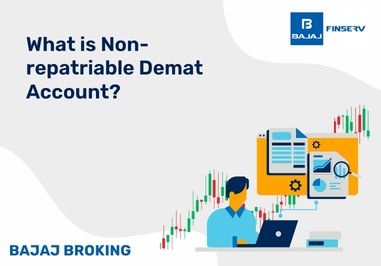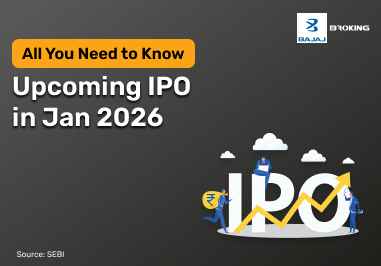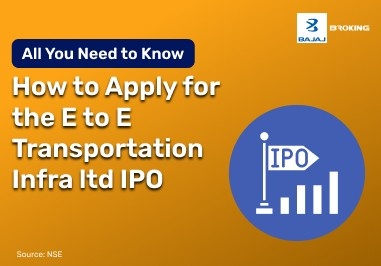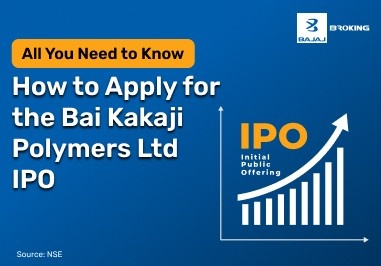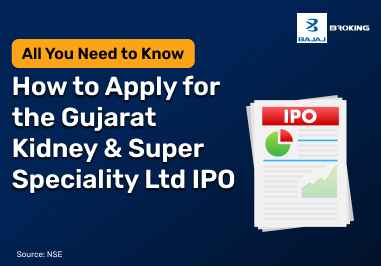When a company's revenues cover all of its fixed and variable costs but no profit has been made yet, it has reached the break-even point. It is the point at which the income and outlays are equal.
Understanding this enables you to establish reasonable sales goals and make wiser choices regarding pricing, growth, and budgeting. You compute it by dividing the profit on each unit sold by your fixed costs. That indicates the quantity of goods you must sell before you begin to turn a profit.
Key Components of Break-Even Analysis in Trading
Certain elements of break-even analysis must be understood in order to determine the break-even point value.
1. Entry Price: The stock's price when it was first entered.
2. Transaction Costs: All expenses related to starting a business, such as fees and commissions
3. Spread: This is the amount that separates the asking price from the bid.
4. Position Size: The quantity of the instrument used in the transaction must also be taken into consideration.
Additional Read: What is risk management in stock market?
Applications of the Break-even Point
When conducting business:
It assists you in determining how many units you must sell or how much money you must make in order to pay your expenses. This serves as a roadmap for organising and establishing reasonable sales goals.
It is used by financial analysts to assess how well a company spends its funds. Your company may be more adaptable and able to handle fewer sales without suffering a loss if your break-even point is low.
When choosing investments:
It aids in predicting when an investment will begin to yield returns. For instance, it's the time at which you get your money back, including fees, from trading options.
It is used by project managers to determine when a project is worthwhile. It aids in determining when, how much, and whether the project will be worthwhile.
How to Calculate the Break-Even Point?
By adding the total costs per unit to the unit's entrance price, one can find the break-even point or pricing. The number of units kept is divided by the total costs to determine the total costs per unit.
Methodical Calculation
The sum of the entrance price and total costs per unit is the calculation for break-even analysis. For short trades, the formula could be different.
Step 1: Note the stock's entrance price.
Step 2: Add up all transaction expenses, such as fees and commissions, to get the overall cost. The cost per unit can be calculated by dividing the total cost by the number of units.
Step 3: Take the spread into account. Incorporate the spread into your overall expenses if you are trading an asset with a bid-ask spread. Add the spread—the difference between the bid and the ask price—to your total cost per unit if the entrance price is the asking price.
Let's take this scenario as an example:
The asset's initial purchase price is 100 Indian rupees.
Costs total (commission included): ₹10 per share
₹5 per share is the spread.
The entrance price, total cost per share, and spread per share add out to ₹115 (100 + 10 + 5), which is the break-even price.
Using Break-even Points in Trading Strategy
1. Setting Stop-Loss Orders: To improve the risk, set stop-loss orders just above the break-even point for short trading and slightly below the break-even point for more long trading.
2. Profit Objectives: Set a sensible and realistic profit objective using the break-even point. This can be done by developing a target profit margin above the break-even point that is a specific %.
3. Risk-Reward Ratio: We can also use the break-even point when calculating the risk-reward ratio. A risk-reward ratio is generally good if it is more than 1:2 ratio..
4. Trade Evaluation: We can assess the efficacy of your trading strategy by using the break-even point. When deals routinely fall short of the break-even threshold, it's time to review your trading strategy.
Benefits of Break-Even Point
Exposing hidden costs
Examining every spend in detail may help you identify costs you were unaware of before, which, if left unchecked, could reduce your earnings.
Framework for objective decision-making
It helps eliminate emotion and uncertainty from decisions like pricing or production planning because it is based on numbers.
Highly specific performance objectives
It quantifies your sales goal. You and your team know exactly how much needs to be sold to avoid losses.
Buyers confidence
A well-done break-even analysis shows investors that you have worked through the elements of your business plan. You may increase your chances of acquiring funds and create confidence.
Price strategy
The better you understand how your costs and margins flow together the better you can price your offerings. You can avoid setting prices too high that drive away customers, or too low to cover your costs.
The break-even point's limitations
Also Read: Risk Management in Margin Trading
Limitations of Break-even Point
Certain expenses are not obviously variable or fixed. It is difficult to be absolutely exact because of this.
The market shifts
Although the research makes the assumption that pricing and expenses would remain constant, actual changes such as inflation, labor costs, and competition may have an impact on accuracy.
Relationships between volume and cost
It is frequently assumed that costs increase steadily with volume, however this can be altered by bulk discounts or growing expenditures.
Non-monetary aspects
It ignores factors that could have an impact on your company, such as consumer demand, brand loyalty, and market shifts.
Intricacy
It becomes significantly more difficult to determine an accurate break-even point if your company sells a variety of goods or divides expenses among regions.
Conclusion
To successfully manage risk and create intelligent trading strategies, it is important to identify the break-even point. The accuracy of the calculations can help guide us in determining stop-loss levels, profit levels, and making sound decisions.
The break-even point can also be used to analyse trading strategies and their output. Regardless of the simple or complex nature, the principle of the break-even point can be a valuable concept in enhancing trading success.
